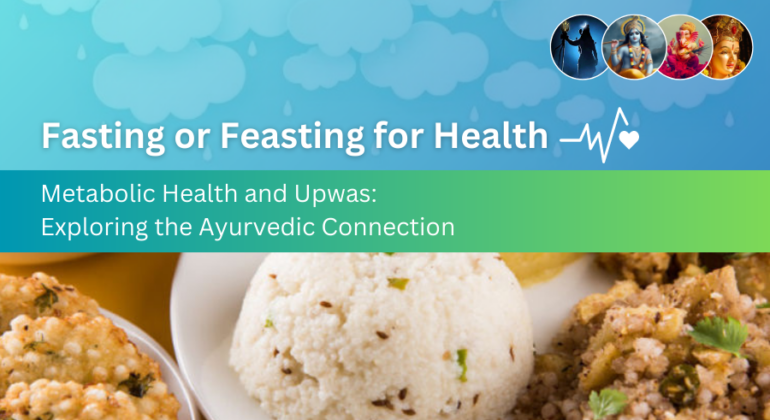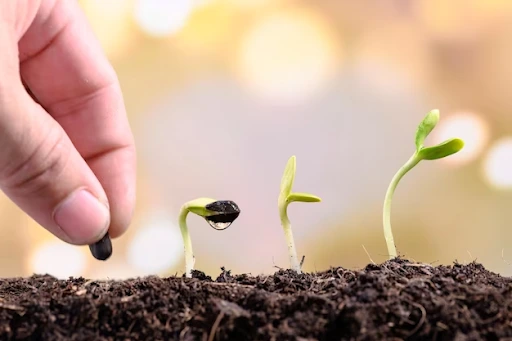Revolutionizing Our Product: A Look at the Latest Changes from Our CTO
Nadi Tarangini, Atreya Innovations’ flagship product, has received a great reception from practitioners from Ayurveda across India. It is the de-facto diagnostic instrument for many Ayurveda practitioners to reshape and enhance their practices. Atreya Innovations has been a pioneer and leader in the instrumentalization or …
Vasant rutu – Season of Detox and self-care
Nature is blessed with blooming of flowers, cold breeze in the nighttime and colorful trees around is the perfect picture of Vasant rutu or spring. Sunny hot days and colder nights create fluctuations in the inner health causing health issues. It also brings many festivals …
Women’s Hormone: A Seeding Story
The “Divine” has created this universe and many ecosystems, which includes many living and nonliving things. To sustain this ecosystem, he thought to create an organism that could reproduce, and thus he created “feminine beings” in every creature. This feminine being could create and nurture. …
Choosing the Right Fats and Oils in Monsoon: Ayurveda Insights
Rekindle your Inner Agni, in the right way this Monsoon!! We have learnt about superfoods, their facts and myths till now. But the most important, last but not the least, are fats and oils. Let’s know more about this macromolecule. Now, the monsoon is going …







